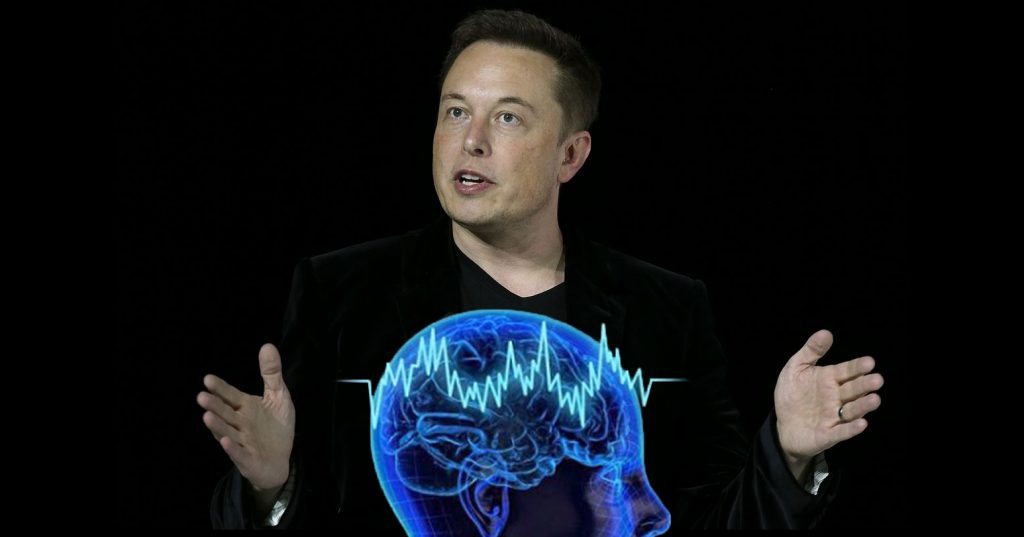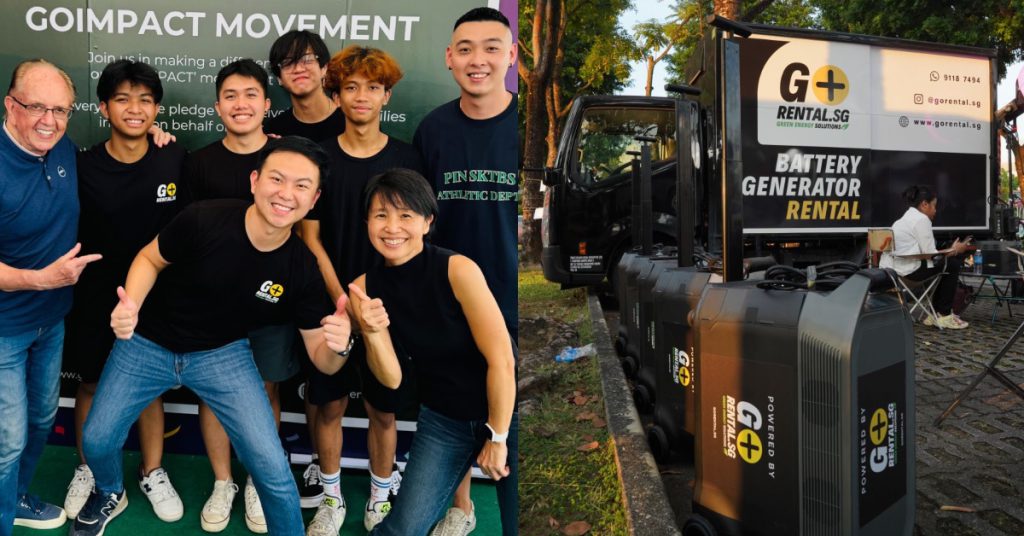While we were busy sleeping, Elon Musk just dreamt up a new way for the human race to evolve via technology.
Musk’s Tesla, SpaceX, SolarCity, and OpenAI have changed the way we view personal transportation, space exploration, solar power, as well as artificial intelligence.
Let’s not forget Hyperloop, which is trying to re-imagine public transportation, as well as the more recent The Boring Company, that well, bores tunnels underground.
And it is with that last point that Mr Musk would like to expand more upon, but instead of concentrating on the machines, this time, it will be people.
Elon Musk’s Neuralink

Where OpenAI is all about creating intelligent machines to help people, Musk’s new startup Neuralink flips that concept around.
News broke of his new venture thanks to The Wall Street Journal. Unfortunately that article is behind a paywall, but a large number of tech sites have since picked it up.
Now it’s all about helping the human race keep up with artificial intelligence with a core focus on expanding the brain’s capability through the use of technology.
Despite the existence of OpenAI, Musk has, for so long, championed for the taming of AI in favour of human innovation, and the existence of Neuralink is a a step in that direction.

At the moment, Neuralink is pretty much a three person team, not including Musk himself.
According to Ars Technica, the first three hires are all experts in the field – Vanessa Tolosa, engineer and an expert in flexible electrodes, Philip Sabes, a professor who studies how the brain controls movement, and Timothy Gardner, a professor from Boston University.
But if you are thinking or jumping into The Matrix anytime soon, there’s some bad news for you.
As expected, this new startup will instead concentrate on medical applications to see how brain implants and interfaces could help make the lives of those suffering from chronic diseases better.
Epilepsy and severe depressive disorder were mentioned in particular.
The Future As Envisioned By Elon Musk
By going in via the healthcare route, it makes entering the realm of bodily augmentation a little more acceptable by the still largely conservative majority.
One thing is for certain though, connected devices are merely the status quo, while connected people is the future.

Imagine a home powered by SolarCity’s solar tiles and Tesla’s Powerwall, having a Tesla Model S in the driveway, traveling on the Hyperloop One in tunnels dug up by The Boring Company, and going on holidays to Mars via SpaceX.
All of which are tied together with OpenAI, and what connects you to all of it is your brain.
That prospect is frightening, but is one that the world is moving towards.
The Matrix may not be an alternate reality anymore – it could just be real life.










